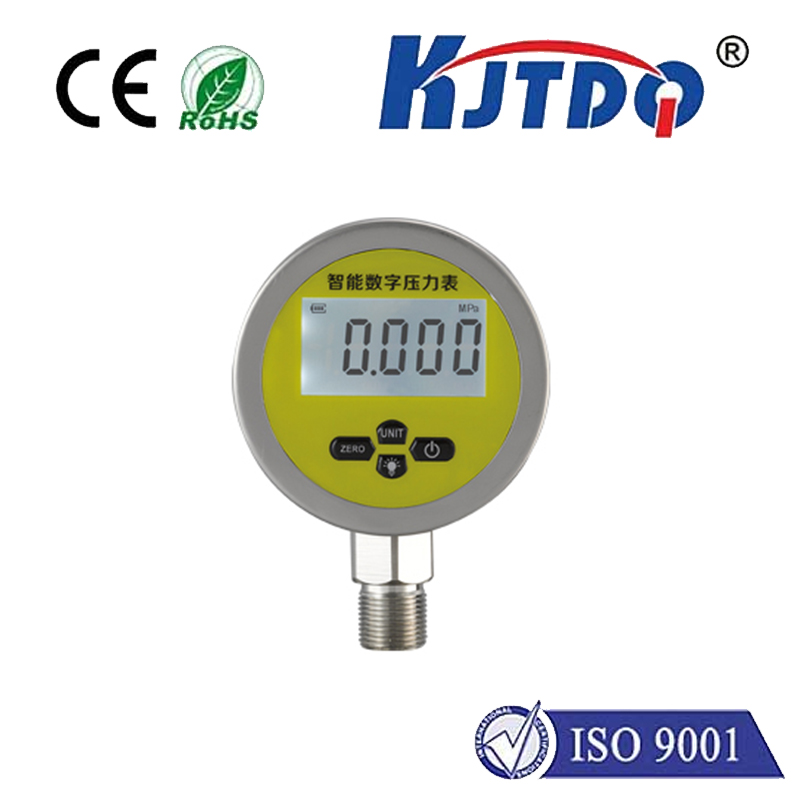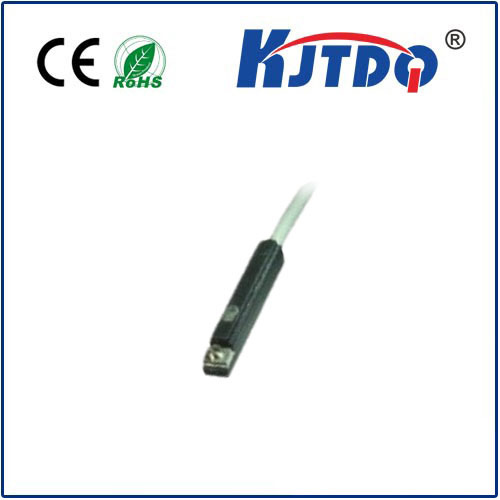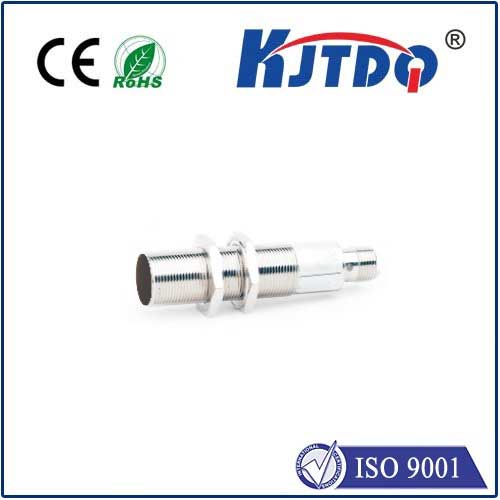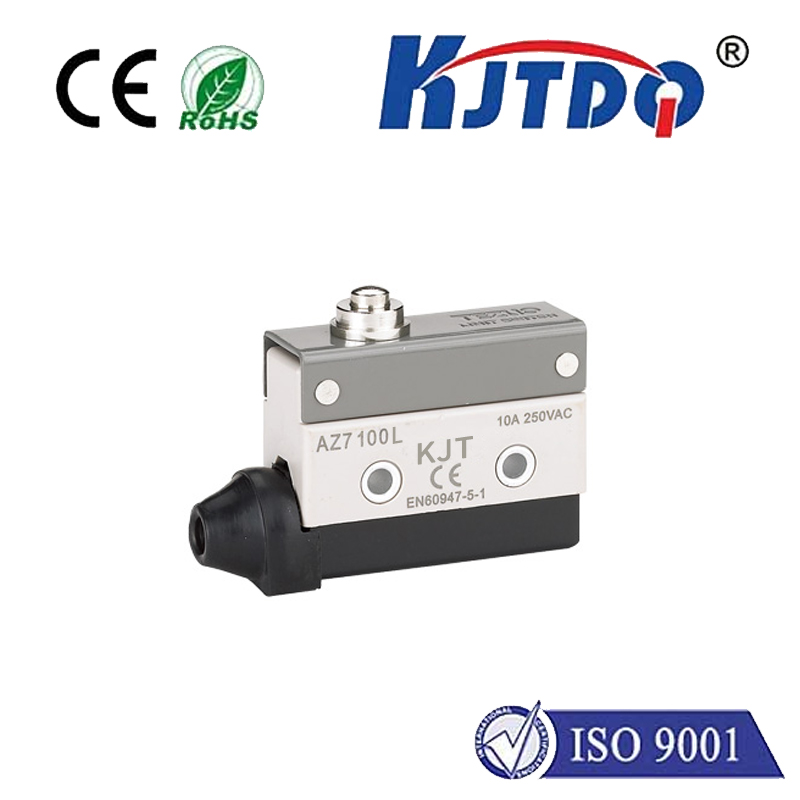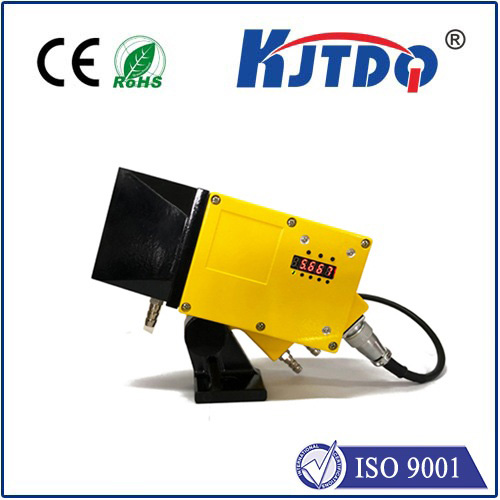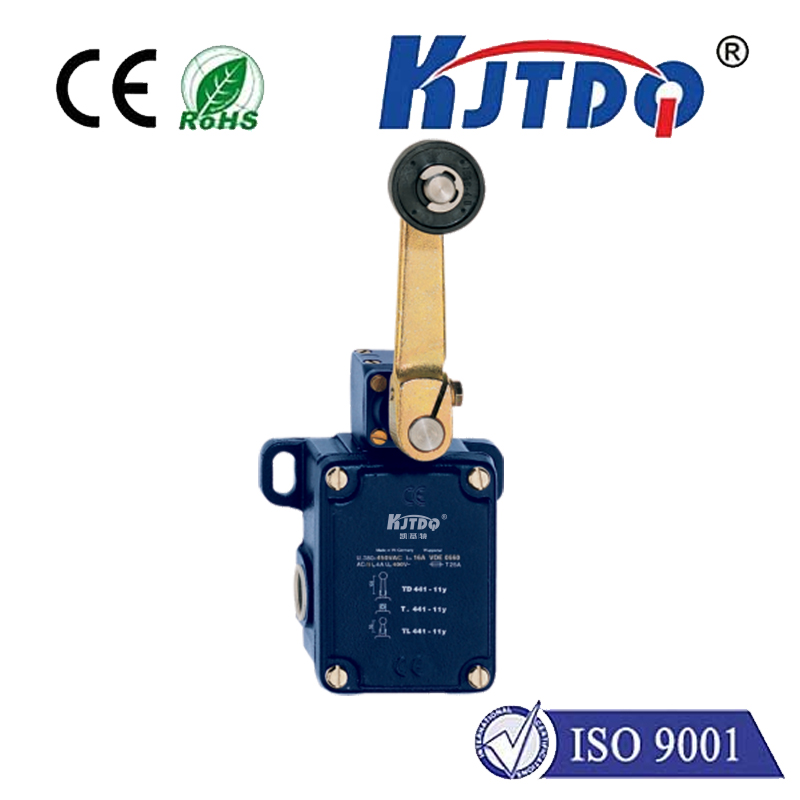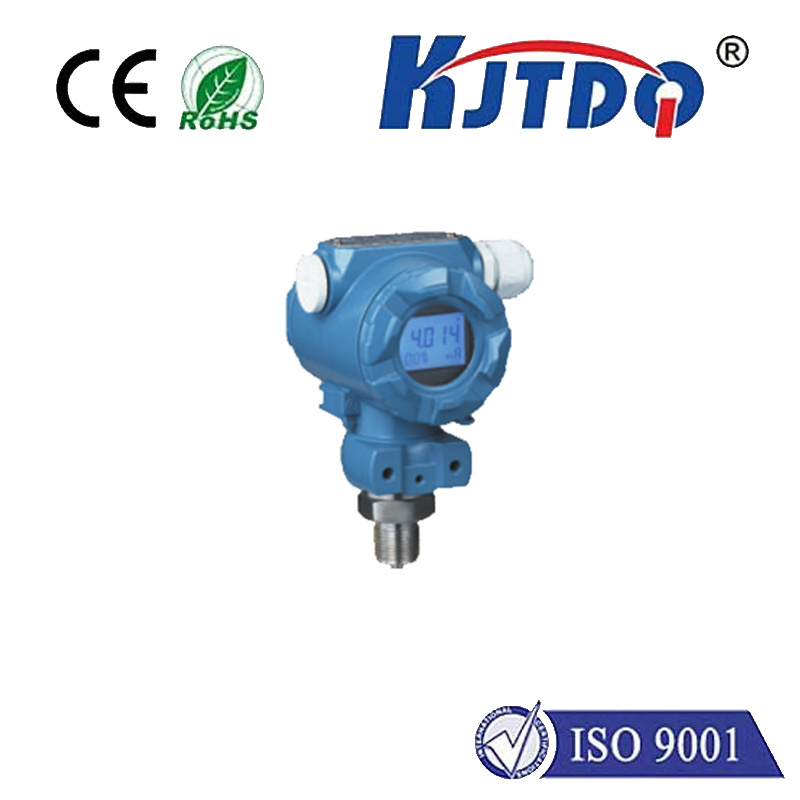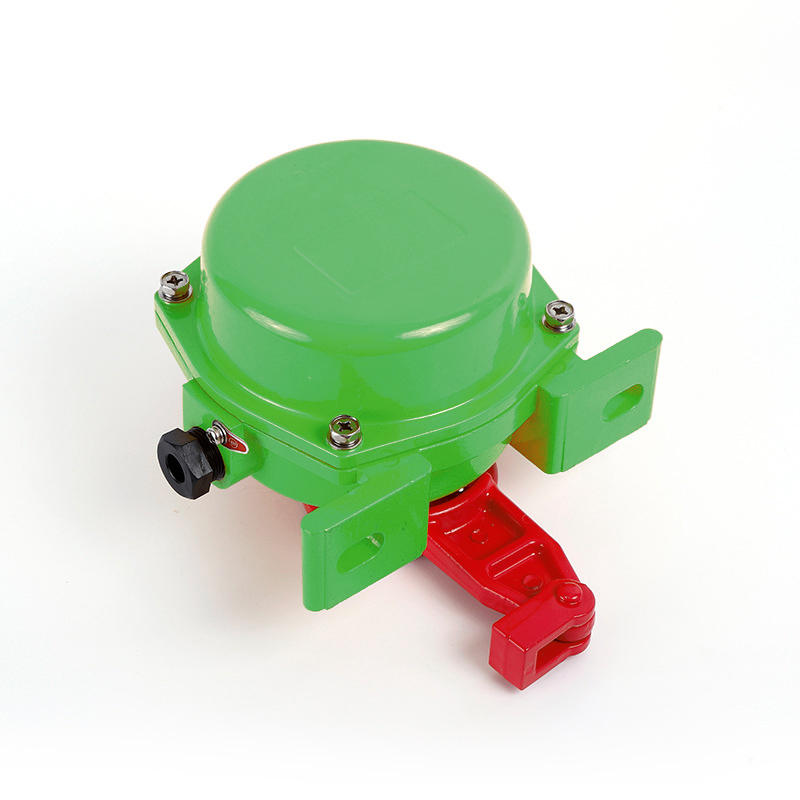photoelectric speed sensor encoder
- time:2025-07-26 03:18:58
- Click:0
Illuminating Precision: The Power of Photoelectric Speed Sensor Encoders
Imagine an assembly line humming with activity, robots moving with lightning precision, or high-performance motors controlling intricate processes. Suddenly, a critical conveyor belt jams, a robotic arm misses its target, or a motor spins out of control. Often, the silent guardian preventing such chaos—or revealing its root cause—is the photoelectric speed sensor encoder. This ingenious device is the cornerstone of modern motion control, translating physical movement into the precise digital language machines understand.
Beyond Simple Sensing: The Core of Motion Intelligence
At its heart, a photoelectric encoder, specifically a photoelectric rotary encoder when measuring rotational speed and position, is an electro-optical marvel. Its core function is to convert the mechanical motion of a rotating shaft into highly accurate digital electronic signals. This transformation is essential for systems demanding real-time feedback on speed, direction, and angular position.
How does this technological alchemy work? The principle is elegant in its simplicity:

- The Disc (Code Wheel): A precisely manufactured disc, typically made of glass or polymer, is mounted directly onto the rotating shaft. This disc is etched or printed with alternating opaque and transparent segments, forming a pattern—most commonly a series of radial lines (an optical grating).
- The Light Source: On one side of the disc sits a light source, usually an LED, emitting infrared or visible light.
- The Photodetector Array: Positioned precisely opposite the light source, across the disc, is one or more photosensitive detectors (photodiodes or phototransistors).
- Signal Generation: As the shaft rotates, the disc spins between the light source and the detectors. The alternating opaque and transparent segments on the disc interrupt the light beam falling on the photodetectors in a precise sequence. Each interruption (or passage of light) causes the photodetector to generate a corresponding electrical pulse change (high/low).
- Digital Output: The train of pulses generated by the photodetectors constitutes the raw digital output of the encoder. The number of pulses per revolution (PPR) is directly proportional to the number of lines on the disc, defining the encoder’s resolution – its ability to detect minute angular changes.
Why Photoelectric Encoders Are the Speed Sensing Gold Standard
Photoelectric encoders have become the dominant force in speed sensing and motion feedback for compelling reasons:
- Unmatched Precision and Resolution: Offering resolutions ranging from hundreds to tens of thousands of pulses per revolution (PPR), they provide exceptionally fine-grained data on shaft position and speed variations. This high fidelity is paramount for applications demanding tight tolerances.
- Blazing-Fast Response & High-Speed Capability: Leveraging instantaneous light detection, they boast extremely high signal frequencies, enabling accurate measurement of exceptionally high rotational speeds where other technologies falter.
- Non-Contact Operation: The sensing mechanism relies purely on light passing through (or being blocked by) the disc. There is zero mechanical friction or wear between the stationary electronic components and the rotating disc. This translates to exceptional long-term reliability, minimal maintenance needs, and an extended operational lifespan.
- Robust Digital Output: Generating clean, digital signals (like square wave pulses A, B, and potentially an Index/Z pulse) makes integration with modern digital controllers, PLCs, and drives straightforward and noise-resistant.
- Directional Awareness: By utilizing a second photodetector channel (Channel B) positioned slightly offset from the first (Channel A), the phase relationship between the resulting quadrature signals (A & B) instantly reveals the direction of rotation (clockwise or counterclockwise).
- Versatility: Available in diverse configurations (hollow shaft, solid shaft, servo-mount) and robust housings (often IP-rated for dust and moisture resistance), they can be adapted to countless applications across demanding industrial environments.
Where Precision Meets Performance: Key Applications
The unique strengths of photoelectric encoders make them indispensable across a vast technological landscape:
- Industrial Automation & Robotics: Crucial for motor feedback in CNC machines, robotic arms, pick-and-place systems, and conveyors, ensuring precise positioning, coordinated motion, and velocity control.
- Motion Control & Servo Systems: Providing the essential feedback loop for high-performance servo motors and drives, enabling accurate torque control, rapid acceleration/deceleration, and dynamic response.
- Medical Equipment: Found in imaging devices (CT, MRI scanners requiring precise table movement), surgical robots, infusion pumps, and lab automation, where precision and reliability are non-negotiable.
- Printing & Packaging Machinery: Ensuring accurate registration of colors on high-speed presses and precise control of web tension through rotary encoder feedback on rollers.
- Automotive Testing & Manufacturing: Used on dynamometers for engine performance testing and within production lines for assembly accuracy and component positioning.
- Aerospace & Defense: Employed in flight control surface actuators, antenna positioning systems, and inertial navigation test equipment demanding ruggedness and precision.
- Transportation: Integral to speed sensing in railway traction motors and auxiliary systems.
Advancing the Light-Based Frontier: Trends and Considerations
The evolution of photoelectric encoder technology continues. Key trends include:
- Higher Resolutions: Pushing the boundaries of miniaturization and optical engineering to achieve ever-increasing pulse counts per revolution.
- Enhanced Ruggedness: Development of more robust designs with higher IP ratings, vibration resistance, and tolerance to extreme temperatures for the harshest environments.
- Miniaturization: Creating smaller, lighter encoders for increasingly compact robotics and embedded applications.
- Integrated Electronics: Incorporating interpolation electronics directly within the encoder housing to multiply resolution and provide more sophisticated output formats (e.g., serial communication like SSI or BiSS).
- Absolute Position Encoding: While primarily used for speed and incremental position, photoelectric technology also forms the basis for complex absolute encoders that track position without needing a homing routine after power loss.
When selecting a photoelectric encoder, engineers must weigh factors like required resolution, maximum operating speed, shaft size, environmental conditions (temperature, contaminants, shock/vibe), electrical interface, and physical mounting constraints.
In a world increasingly driven by automation and precision, the photoelectric speed sensor encoder stands as a fundamental enabler. Its ability to translate the fundamental language of movement—rotational speed and position—into reliable, high-resolution digital data feeds the intelligence of modern control systems. From the mightiest factory robot to the most intricate medical device, these optical sentinels continue to illuminate the path towards greater efficiency, accuracy, and control in our engineered world.












